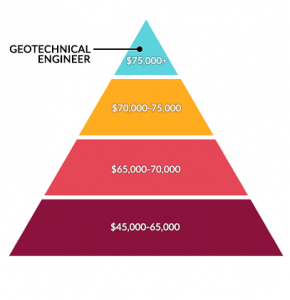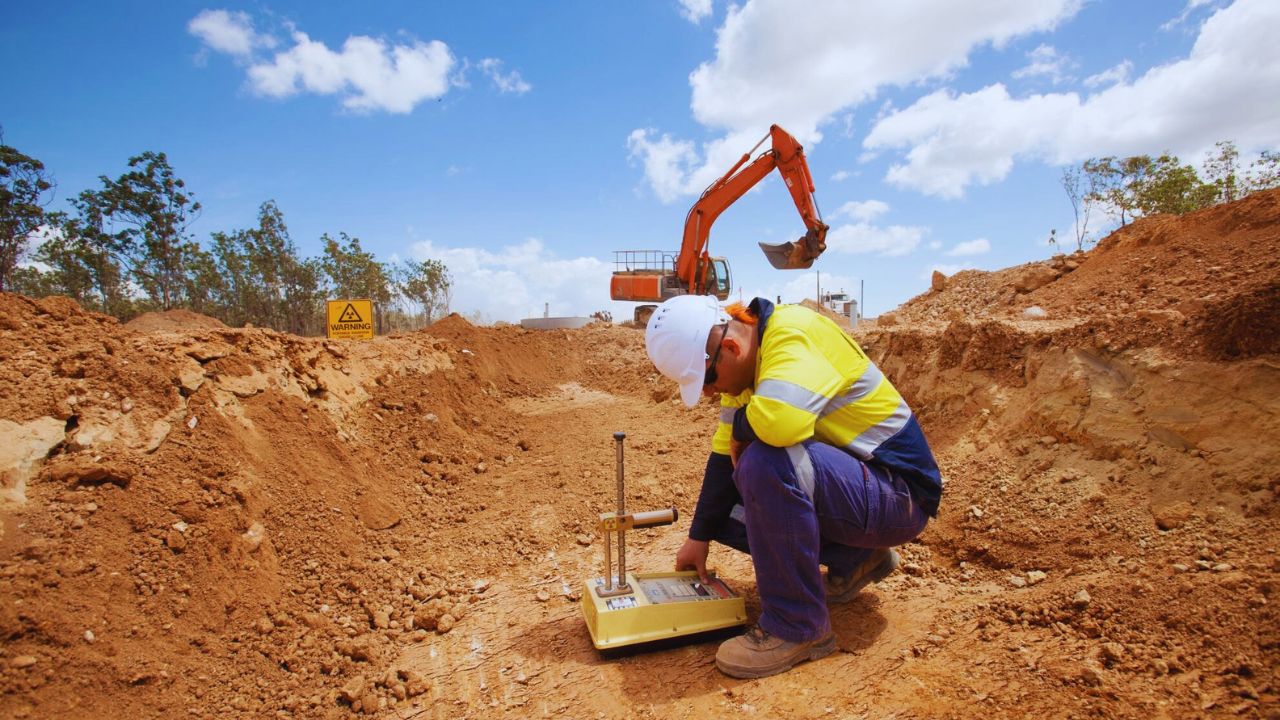3 Simple Techniques For Geotheta
3 Simple Techniques For Geotheta
Blog Article
What Does Geotheta Mean?
Table of ContentsA Biased View of GeothetaWhat Does Geotheta Do?Some Known Details About Geotheta Unknown Facts About Geotheta
They work together with civil designers, structural designers, designers, and other specialists to integrate geotechnical considerations into the total project layout and construction procedure. This needs efficient team effort, control, and interaction to make certain that the geotechnical facets straighten with the job goals and meet governing demands.Mining & Materials Design: Principles of boring, infiltration rates, and factors affecting the choice of drilling technique. Qualities of explosives, firing systems and blast patterns. Blowing up methods in surface and below ground workings. Special blasting methods at excavation boundaries. Resonance and noise control. Mechanical and constant techniques to fragmentation, including longwall shearing and fullface boring.
Modelling of fragment and bit dimension distributions; comminution as a transfer function. Comminution modern technology: crushing, grinding, dimension category. Integrated analysis of fragmentation and comminution operations. Offered by: Mining & Products Engineering.
How Geotheta can Save You Time, Stress, and Money.
Bachelor's level programs in civil, geotechnical, geological, and ecological design normally last 4 years and consist of basic education and learning training courses in English, social science, and the liberal arts, in addition to programs in sophisticated mathematics, structural geology, and fluid mineralogy. (https://geotheta.blog.ss-blog.jp/2024-08-02?1722614750)
Geotechnical design involves the evaluation of the dirt and rock conditions at a specific website, and their implications for the development of that site. As a lot of frameworks depend on the ground for support, it is without surprise that an in-depth understanding of the ground problems, and the viability of structure systems, are important to the long-lasting security and efficiency of the structure or structure.
Specialising in the examination of geological developments and ground practices, geotechnical engineers execute clinical examinations and screening to recognize the impact these geological developments might carry the layout and building of building, civil and facilities projects. This know-how is vital for the design and construction of buildings, roads, passages, dams, bridges, and water system and sewer systems.
The geotechnical group at Douglas Allies regularly speak with designers, design engineers, developers, and building contractors to make referrals on layout and growth proposals to ensure that the constructed frameworks are appropriately developed for the ground conditions. The style of footing systems needs to take into consideration the weight of the framework, the capability of the ground to support that weight together with movement resistances and effective building and construction.
Rumored Buzz on Geotheta
This task is greatly streamlined by the usage of our Douglas Map geospatial platform that makes this information easily available in a very easy to use internet internet browser interface. A geotechnical designer will certainly route the drilling of boreholes and examination pits to collect dirt and other examples, and likewise assess surface area features and ground exposures to create a geotechnical design of the subsurface problems.
Depending upon the task type and ground conditions encountered, lab testing may amongst various other things examine toughness, compressibility, reactivity and/or permeability of soil and rock samples. Hereafter information is accumulated and looked at, the results are used for a geotechnical design of the site, which is generally provided as areas throughout the website.

A geotechnical examination by nature can only examine the ground problems at the areas pierced or excavated. Natural variations in soil and rock conditions can happen across a website and in between examination areas. It is therefore good method that the geotechnical designer be retained throughout construction of the job to supply on-site confirmation that the ground problems run into are consistent with the expectations and guidance offered in the geotechnical examination record.
The Buzz on Geotheta
Geotechnical designers utilize their extensive understanding of dirt and rock to analyze risk and address troubles on diverse facilities projectsGeotechnical engineering is a specialist branch of civil design which considers the practices of earth products and the application of dirt and rock mechanics. Tailings Engineer. As a geotechnical engineer, you will analyze the physical, mechanical and chemical properties of dirt and rock in order to create foundations, retaining structures and earthworks
Geotechnical engineering is very closely linked to and overlaps with, both engineering geology and ground design - https://www.huntingnet.com/forum/members/geotheta.html. It's possible to be experts in geotechnics or benefit a geotechnical company yet be called an engineering rock hound or a ground engineer. As a geotechnical designer, you'll need to: build and keep relationships with customers and other professionals associated with the website, throughout each projectmaintain security standards on website bear in mind price effects when you make recommendationsstudy geological maps and airborne pictures from a variety of resources and from various time periodsexamine building and construction prepares to see just how feasible they are based upon your understanding of the siteinvestigate threats or geological dangers for the sitesearch for environmentally delicate functions, such as landfill begin to develop valid and interpretive ground modelsplan area investigationsdrill and evaluate examples of bedrock, dirt, groundwater and extra products monitor various other professionals on sitesolve technological issues as they emerge, such as unforeseen frameworks at drill sitesmonitor conditions during and after construction to make certain structures are steady in the brief visit our website and long termadding data accumulated on site to your preliminary researchcreating geotechnical estimations, drawings, and 2 or three-dimensional computer versions translating the datamaking referrals regarding the proposed use the website

Report this page